Mirror: http://tinyurl.com/p3pmk28
Bronze Age revolution documented in archaeometallurgical researches is also documented in Indus Script Corpora. Examples for the expression lokhāṇḍā'metal tools, pots and pans of copper' are presented from artefacts of Mohenjo-daro and Ancient Near East.
Addendum to
http://bharatkalyan97.blogspot.in/2015/09/bronze-age-revolution-from-5th-to-2nd.html
Bronze Age revolution from 5th to 2nd millennium BCE and Indus Script Corpora as catalogus catalogorum of metalwork Mirror: http://tinyurl.com/pokc7kt
A few examples from Indus Script Corpora of Eurasia are presented to demonstrate the documentation of Bronze Age in the ancient writing system.
![]() Mohenjo-daro. m1656. Pectoral. Together with the hieroglyphs of a young bull, one-horned with pannier in front of a standard device, the expression signified is a pot overflowing with water. khoṇḍ 'young bull-calf' (Marathi) Rebus: kõdār ’turner’ (Bengali); kõdā ‘to turn in a lathe’ (Bengali).कोंद kōnda ‘engraver, lapidary setting or infixing gems’ (Marathi) khū̃ṭ ‘community, guild’ (Mu.); kunḍa ‘consecrated fire-pit’. sangaDa 'lathe' Rebus: sanghAta 'adamantine glue' (Varahamihira). खोंड (p. 216) [ khōṇḍa ] m A young bull, a bullcalf. खोंडरूं (p. 216) [ khōṇḍarūṃ ] n A contemptuous form of खोंडा in the sense of कांबळा-cowl.खोंडा (p. 216) [ khōṇḍā ] m A कांबळा of which one end is formed into a cowl or hood. 2 fig. A hollow amidst hills; a deep or a dark and retiring spot; a dell.खोंडी (p. 216) [ khōṇḍī ] f An outspread shovelform sack (as formed temporarily out of a कांबळा, to hold or fend off grain, chaff &c.) Rebus: खोडींव [ khōḍīṃva ] p of खोडणें v c Erased or crossed out. खोदगिरी (p. 216) [ khōdagirī ] f Sculpture, carving, engraving: also sculptured or carved work.खोदणी (p. 216) [ khōdaṇī ] f (Verbal of खोदणें) Digging, engraving &c. 2 fig. An exacting of money by importunity. v लाव, मांड. 3 An instrument to scoop out and cut flowers and figures from paper. 4 A goldsmith's die.खोदणें [ khōdaṇēṃ ] v c & i ( H) To dig. 2 To engrave.खोदाई [ khōdāī ] f ( H) Price or cost of digging or of sculpture or carving.खोदींव [ khōdīṃva ] p of खोदणें Dug. 2 Engraved, carved, sculptured.
Mohenjo-daro. m1656. Pectoral. Together with the hieroglyphs of a young bull, one-horned with pannier in front of a standard device, the expression signified is a pot overflowing with water. khoṇḍ 'young bull-calf' (Marathi) Rebus: kõdār ’turner’ (Bengali); kõdā ‘to turn in a lathe’ (Bengali).कोंद kōnda ‘engraver, lapidary setting or infixing gems’ (Marathi) khū̃ṭ ‘community, guild’ (Mu.); kunḍa ‘consecrated fire-pit’. sangaDa 'lathe' Rebus: sanghAta 'adamantine glue' (Varahamihira). खोंड (p. 216) [ khōṇḍa ] m A young bull, a bullcalf. खोंडरूं (p. 216) [ khōṇḍarūṃ ] n A contemptuous form of खोंडा in the sense of कांबळा-cowl.खोंडा (p. 216) [ khōṇḍā ] m A कांबळा of which one end is formed into a cowl or hood. 2 fig. A hollow amidst hills; a deep or a dark and retiring spot; a dell.खोंडी (p. 216) [ khōṇḍī ] f An outspread shovelform sack (as formed temporarily out of a कांबळा, to hold or fend off grain, chaff &c.) Rebus: खोडींव [ khōḍīṃva ] p of खोडणें v c Erased or crossed out. खोदगिरी (p. 216) [ khōdagirī ] f Sculpture, carving, engraving: also sculptured or carved work.खोदणी (p. 216) [ khōdaṇī ] f (Verbal of खोदणें) Digging, engraving &c. 2 fig. An exacting of money by importunity. v लाव, मांड. 3 An instrument to scoop out and cut flowers and figures from paper. 4 A goldsmith's die.खोदणें [ khōdaṇēṃ ] v c & i ( H) To dig. 2 To engrave.खोदाई [ khōdāī ] f ( H) Price or cost of digging or of sculpture or carving.खोदींव [ khōdīṃva ] p of खोदणें Dug. 2 Engraved, carved, sculptured.
![]() Cylinder seal impression M177. Kidin-Marduk, son of Sha-ilima-damqa, the sha reshi official of Burnaburiash, king of the world Untash-Napirisha
Cylinder seal impression M177. Kidin-Marduk, son of Sha-ilima-damqa, the sha reshi official of Burnaburiash, king of the world Untash-Napirisha
Lexis on metalwork related to the expression: lōkhaṇḍa
लोखंडकाम [ lōkhaṇḍakāma ] n Iron work; that portion (of a building, machine &c.) which consists of iron. 2 The business of an ironsmith. लोखंड [ lōkhaṇḍa ] n (लोह S) Iron. लोखंडी [ lōkhaṇḍī ] a (लोखंड) Composed of iron; relating to iron.लोखंडी [ lōkhaṇḍī ] f (लोखंड) An iron boiler or other vessel. लोखंडी काव [ lōkhaṇḍī kāva ] f A red ochre or earth. lōhá ʻ red, copper -- coloured ʼ ŚrS., ʻ made of copper ʼ ŚBr., m.n. ʻ copper ʼ VS., ʻ iron ʼ MBh. [*rudh -- ]Pa. lōha -- m. ʻ metal, esp. copper or bronze ʼ; Pk. lōha -- m. ʻ iron ʼ, Gy. pal. li°, lihi, obl. elhás, as. loa JGLS new ser. ii 258; Wg. (Lumsden) "loa"ʻ steel ʼ; Kho. loh ʻ copper ʼ; S. lohu m. ʻ iron ʼ, L. lohā m., awāṇ. lōˋā, P. lohā m. (→ K.rām. ḍoḍ. lohā), WPah.bhad. lɔ̃u n., bhal. lòtilde; n., pāḍ. jaun. lōh, paṅ. luhā, cur. cam. lohā, Ku. luwā, N. lohu, °hā, A. lo, B. lo, no, Or. lohā, luhā, Mth. loh, Bhoj. lohā, Aw.lakh. lōh, H. loh, lohā m., G. M. loh n.; Si. loho, lō ʻ metal, ore, iron ʼ; Md. ratu -- lō ʻ copper ʼ.*lōhala -- , *lōhila -- , *lōhiṣṭha -- , lōhī -- , laúha -- ; lōhakāra -- , *lōhaghaṭa -- , *lōhaśālā -- , *lōhahaṭṭika -- , *lōhōpaskara -- ; vartalōha -- .Addenda: lōhá -- : WPah.kṭg. (kc.) lóɔ ʻ iron ʼ, J. lohā m., Garh. loho; Md. lō ʻ metal ʼ.(CDIAL 11158) lōhakāra m. ʻ iron -- worker ʼ, °rī -- f., °raka -- m. lex., lauhakāra -- m. Hit. [lōhá -- , kāra -- 1]Pa. lōhakāra -- m. ʻ coppersmith, ironsmith ʼ; Pk. lōhāra -- m. ʻ blacksmith ʼ, S. luhā̆ru m., L. lohār m., °rī f., awāṇ. luhār, P. WPah.khaś. bhal. luhār m., Ku.lwār, N. B. lohār, Or. lohaḷa, Bi.Bhoj. Aw.lakh. lohār, H. lohār, luh° m., G. lavār m., M. lohār m.; Si. lōvaru ʻ coppersmith ʼ.Addenda: lōhakāra -- : WPah.kṭg. (kc.) lhwāˋr m. ʻ blacksmith ʼ, lhwàri f. ʻ his wife ʼ, Garh. lwār m.(CDIAL 11159) 11161 lōhala ʻ made of iron ʼ W. [lōhá -- ]G. lohar, lohariyɔ m. ʻ selfwilled and unyielding man ʼ. lōhaśālā 11162 *lōhaśālā ʻ smithy ʼ. [lōhá -- , śāˊlā -- ]Bi. lohsārī ʻ smithyʼ.lōhahaṭṭika 11163 *lōhahaṭṭika ʻ ironmonger ʼ. [lōhá -- , haṭṭa -- ]P.ludh. lōhṭiyā m. ʻ ironmonger ʼ.11163a †*lōhahala -- ʻ ploughshare ʼ. [lōhá -- , halá -]WPah.kṭg. lhwāˋḷ
m. ʻ ploughshare ʼ, J. lohāl ʻ an agricultural instrument ʼ; rather < †*lōhaphāla -- .11170 lōhī f. ʻ any object made of iron ʼ Kāv., ʻ pot ʼ Divyāv., lōhikā -- f. ʻ large shallow wooden bowl bound with iron ʼ, lauhā -- f. ʻ iron pot ʼ lex. [lōhá -- ]Pk. lōhī -- f. ʻ iron pot ʼ; P. loh f. ʻ large baking iron ʼ; A. luhiyā ʻ iron pan ʼ; Bi. lohiyā ʻ iron or brass shallow pan with handles ʼ; G. lohiyũ n. ʻ frying pan ʼ.11172a laúha -- ʻ made of copper or iron ʼ Gr̥Śr., ʻ red ʼ MBh., n. ʻ iron, metal ʼ Bhaṭṭ. [lōhá -- ]Pk. lōha -- ʻ made of iron ʼ; L. lohā ʻ iron -- coloured, reddish ʼ; P. lohā ʻ reddish -- brown (of cattle) ʼ.lauhabhāṇḍa -- , *lauhāṅga -- .lauhakāra -- see lōhakāra -- .Addenda: laúha -- [Dial. au ~ ō (in lōhá -- ) < IE. ou T. Burrow BSOAS xxxviii 74]11173 lauhabhāṇḍa n. ʻ iron pot, iron mortar ʼ lex. [laúha -- , bhāṇḍa -- 1]Pa. lōhabhaṇḍa -- n. ʻ copper or brass ware ʼ; S. luhã̄ḍ̠iṛī f. ʻ iron pot ʼ, L.awāṇ. luhã̄ḍā; P. luhã̄ḍā, lohṇḍā, ludh. lō̃hḍā m. ʻ frying pan ʼ; N. luhũṛe ʻ iron cooking pot ʼ; A. lohorā ʻ iron pan ʼ; Bi. lohãṛā ʻ iron vessel for drawing water for irrigation ʼ; H. lohaṇḍā, luh° m. ʻ iron pot ʼ; G. loḍhũ n. ʻ iron, razor ʼ, pl. ʻ car<-> penter's tools ʼ, loḍhī f. ʻ iron pan ʼ. -- X *lōhōpaskara<-> q.v.11174 *lauhāṅgika ʻ iron -- bodied ʼ. [láuha -- , áṅga -- 1]P. luhã̄gī f. ʻ staff set with iron rings ʼ, H. lohã̄gī f., M. lohã̄gī, lavh°, lohãgī f.; -Bi. lohãgā, lahaũgā ʻ cobbler's iron pounder ʼ, Mth. lehõgā.
Bronze Age revolution documented in archaeometallurgical researches is also documented in Indus Script Corpora. Examples for the expression lokhāṇḍā'metal tools, pots and pans of copper' are presented from artefacts of Mohenjo-daro and Ancient Near East.
Addendum to
http://bharatkalyan97.blogspot.in/2015/09/bronze-age-revolution-from-5th-to-2nd.html
Bronze Age revolution from 5th to 2nd millennium BCE and Indus Script Corpora as catalogus catalogorum of metalwork Mirror: http://tinyurl.com/pokc7kt
A few examples from Indus Script Corpora of Eurasia are presented to demonstrate the documentation of Bronze Age in the ancient writing system.
 Mohenjo-daro. m1656. Pectoral. Together with the hieroglyphs of a young bull, one-horned with pannier in front of a standard device, the expression signified is a pot overflowing with water. khoṇḍ 'young bull-calf' (Marathi) Rebus: kõdār ’turner’ (Bengali); kõdā ‘to turn in a lathe’ (Bengali).कोंद kōnda ‘engraver, lapidary setting or infixing gems’ (Marathi) khū̃ṭ ‘community, guild’ (Mu.); kunḍa ‘consecrated fire-pit’. sangaDa 'lathe' Rebus: sanghAta 'adamantine glue' (Varahamihira). खोंड (p. 216) [ khōṇḍa ] m A young bull, a bullcalf. खोंडरूं (p. 216) [ khōṇḍarūṃ ] n A contemptuous form of खोंडा in the sense of कांबळा-cowl.खोंडा (p. 216) [ khōṇḍā ] m A कांबळा of which one end is formed into a cowl or hood. 2 fig. A hollow amidst hills; a deep or a dark and retiring spot; a dell.खोंडी (p. 216) [ khōṇḍī ] f An outspread shovelform sack (as formed temporarily out of a कांबळा, to hold or fend off grain, chaff &c.) Rebus: खोडींव [ khōḍīṃva ] p of खोडणें v c Erased or crossed out. खोदगिरी (p. 216) [ khōdagirī ] f Sculpture, carving, engraving: also sculptured or carved work.खोदणी (p. 216) [ khōdaṇī ] f (Verbal of खोदणें) Digging, engraving &c. 2 fig. An exacting of money by importunity. v लाव, मांड. 3 An instrument to scoop out and cut flowers and figures from paper. 4 A goldsmith's die.खोदणें [ khōdaṇēṃ ] v c & i ( H) To dig. 2 To engrave.खोदाई [ khōdāī ] f ( H) Price or cost of digging or of sculpture or carving.खोदींव [ khōdīṃva ] p of खोदणें Dug. 2 Engraved, carved, sculptured.
Mohenjo-daro. m1656. Pectoral. Together with the hieroglyphs of a young bull, one-horned with pannier in front of a standard device, the expression signified is a pot overflowing with water. khoṇḍ 'young bull-calf' (Marathi) Rebus: kõdār ’turner’ (Bengali); kõdā ‘to turn in a lathe’ (Bengali).कोंद kōnda ‘engraver, lapidary setting or infixing gems’ (Marathi) khū̃ṭ ‘community, guild’ (Mu.); kunḍa ‘consecrated fire-pit’. sangaDa 'lathe' Rebus: sanghAta 'adamantine glue' (Varahamihira). खोंड (p. 216) [ khōṇḍa ] m A young bull, a bullcalf. खोंडरूं (p. 216) [ khōṇḍarūṃ ] n A contemptuous form of खोंडा in the sense of कांबळा-cowl.खोंडा (p. 216) [ khōṇḍā ] m A कांबळा of which one end is formed into a cowl or hood. 2 fig. A hollow amidst hills; a deep or a dark and retiring spot; a dell.खोंडी (p. 216) [ khōṇḍī ] f An outspread shovelform sack (as formed temporarily out of a कांबळा, to hold or fend off grain, chaff &c.) Rebus: खोडींव [ khōḍīṃva ] p of खोडणें v c Erased or crossed out. खोदगिरी (p. 216) [ khōdagirī ] f Sculpture, carving, engraving: also sculptured or carved work.खोदणी (p. 216) [ khōdaṇī ] f (Verbal of खोदणें) Digging, engraving &c. 2 fig. An exacting of money by importunity. v लाव, मांड. 3 An instrument to scoop out and cut flowers and figures from paper. 4 A goldsmith's die.खोदणें [ khōdaṇēṃ ] v c & i ( H) To dig. 2 To engrave.खोदाई [ khōdāī ] f ( H) Price or cost of digging or of sculpture or carving.खोदींव [ khōdīṃva ] p of खोदणें Dug. 2 Engraved, carved, sculptured.kāṇḍam காண்டம்² kāṇṭam, n. < kāṇḍa. 1. Water; sacred water; நீர். துருத்திவா யதுக்கிய குங்குமக் காண் டமும் (கல்லா. 49, 16). Rebus: khāṇḍā ‘metal tools, pots and pans’ (Marathi)
<lo->(B) {V} ``(pot, etc.) to ^overflow''. See <lo-> `to be leftover'. @B24310. #20851. Re<lo->(B) {V} ``(pot, etc.) to ^overflow''. See <lo-> `to be left over'. (Munda ) Rebus: loh ‘copper’ (Hindi)
The hieroglyph-multiplex clearly refers to the metal tools, pots and pans of copper: lokhāṇḍā
On the cylinder seal of Kidin-Marduk, a comparable hieroglyph-multiplex occurs together with cuneiform inscription designating the official's name in the regime of Untash-Napirisha. Together with this hieroglyph-multiplex safflowers also signify metalwork: Pk. karaḍa -- m. ʻ safflower ʼ; M. karḍī, °ḍaī f. ʻ safflower, Carthamus tinctorius and its seed ʼ (CDIAL 2788). Rebus: karaḍa Hard from alloy--iron, silver &c (Marathi)
 Cylinder seal impression M177. Kidin-Marduk, son of Sha-ilima-damqa, the sha reshi official of Burnaburiash, king of the world Untash-Napirisha
Cylinder seal impression M177. Kidin-Marduk, son of Sha-ilima-damqa, the sha reshi official of Burnaburiash, king of the world Untash-NapirishaIt is notable that the prefix word lō- in the expression refers to metal in general while the early semantics should refer only to copper alloys.
Lexis on metalwork related to the expression: lōkhaṇḍa
लोखंडकाम [ lōkhaṇḍakāma ] n Iron work; that portion (of a building, machine &c.) which consists of iron. 2 The business of an ironsmith. लोखंड [ lōkhaṇḍa ] n (लोह S) Iron. लोखंडी [ lōkhaṇḍī ] a (लोखंड) Composed of iron; relating to iron.लोखंडी [ lōkhaṇḍī ] f (लोखंड) An iron boiler or other vessel. लोखंडी काव [ lōkhaṇḍī kāva ] f A red ochre or earth. lōhá ʻ red, copper -- coloured ʼ ŚrS., ʻ made of copper ʼ ŚBr., m.n. ʻ copper ʼ VS., ʻ iron ʼ MBh. [*rudh -- ]Pa. lōha -- m. ʻ metal, esp. copper or bronze ʼ; Pk. lōha -- m. ʻ iron ʼ, Gy. pal. li°, lihi, obl. elhás, as. loa JGLS new ser. ii 258; Wg. (Lumsden) "loa"ʻ steel ʼ; Kho. loh ʻ copper ʼ; S. lohu m. ʻ iron ʼ, L. lohā m., awāṇ. lōˋā, P. lohā m. (→ K.rām. ḍoḍ. lohā), WPah.bhad. lɔ̃u n., bhal. lòtilde; n., pāḍ. jaun. lōh, paṅ. luhā, cur. cam. lohā, Ku. luwā, N. lohu, °hā, A. lo, B. lo, no, Or. lohā, luhā, Mth. loh, Bhoj. lohā, Aw.lakh. lōh, H. loh, lohā m., G. M. loh n.; Si. loho, lō ʻ metal, ore, iron ʼ; Md. ratu -- lō ʻ copper ʼ.*lōhala -- , *lōhila -- , *lōhiṣṭha -- , lōhī -- , laúha -- ; lōhakāra -- , *lōhaghaṭa -- , *lōhaśālā -- , *lōhahaṭṭika -- , *lōhōpaskara -- ; vartalōha -- .Addenda: lōhá -- : WPah.kṭg. (kc.) lóɔ ʻ iron ʼ, J. lohā m., Garh. loho; Md. lō ʻ metal ʼ.(CDIAL 11158) lōhakāra m. ʻ iron -- worker ʼ, °rī -- f., °raka -- m. lex., lauhakāra -- m. Hit. [lōhá -- , kāra -- 1]Pa. lōhakāra -- m. ʻ coppersmith, ironsmith ʼ; Pk. lōhāra -- m. ʻ blacksmith ʼ, S. luhā̆ru m., L. lohār m., °rī f., awāṇ. luhār, P. WPah.khaś. bhal. luhār m., Ku.lwār, N. B. lohār, Or. lohaḷa, Bi.Bhoj. Aw.lakh. lohār, H. lohār, luh° m., G. lavār m., M. lohār m.; Si. lōvaru ʻ coppersmith ʼ.Addenda: lōhakāra -- : WPah.kṭg. (kc.) lhwāˋr m. ʻ blacksmith ʼ, lhwàri f. ʻ his wife ʼ, Garh. lwār m.(CDIAL 11159) 11161 lōhala ʻ made of iron ʼ W. [lōhá -- ]G. lohar, lohariyɔ m. ʻ selfwilled and unyielding man ʼ. lōhaśālā 11162 *lōhaśālā ʻ smithy ʼ. [lōhá -- , śāˊlā -- ]Bi. lohsārī ʻ smithyʼ.lōhahaṭṭika 11163 *lōhahaṭṭika ʻ ironmonger ʼ. [lōhá -- , haṭṭa -- ]P.ludh. lōhṭiyā m. ʻ ironmonger ʼ.11163a †*lōhahala -- ʻ ploughshare ʼ. [lōhá -- , halá -]WPah.kṭg. lhwāˋḷ
m. ʻ ploughshare ʼ, J. lohāl ʻ an agricultural instrument ʼ; rather < †*lōhaphāla -- .11170 lōhī f. ʻ any object made of iron ʼ Kāv., ʻ pot ʼ Divyāv., lōhikā -- f. ʻ large shallow wooden bowl bound with iron ʼ, lauhā -- f. ʻ iron pot ʼ lex. [lōhá -- ]Pk. lōhī -- f. ʻ iron pot ʼ; P. loh f. ʻ large baking iron ʼ; A. luhiyā ʻ iron pan ʼ; Bi. lohiyā ʻ iron or brass shallow pan with handles ʼ; G. lohiyũ n. ʻ frying pan ʼ.11172a laúha -- ʻ made of copper or iron ʼ Gr̥Śr., ʻ red ʼ MBh., n. ʻ iron, metal ʼ Bhaṭṭ. [lōhá -- ]Pk. lōha -- ʻ made of iron ʼ; L. lohā ʻ iron -- coloured, reddish ʼ; P. lohā ʻ reddish -- brown (of cattle) ʼ.lauhabhāṇḍa -- , *lauhāṅga -- .lauhakāra -- see lōhakāra -- .Addenda: laúha -- [Dial. au ~ ō (in lōhá -- ) < IE. ou T. Burrow BSOAS xxxviii 74]11173 lauhabhāṇḍa n. ʻ iron pot, iron mortar ʼ lex. [laúha -- , bhāṇḍa -- 1]Pa. lōhabhaṇḍa -- n. ʻ copper or brass ware ʼ; S. luhã̄ḍ̠iṛī f. ʻ iron pot ʼ, L.awāṇ. luhã̄ḍā; P. luhã̄ḍā, lohṇḍā, ludh. lō̃hḍā m. ʻ frying pan ʼ; N. luhũṛe ʻ iron cooking pot ʼ; A. lohorā ʻ iron pan ʼ; Bi. lohãṛā ʻ iron vessel for drawing water for irrigation ʼ; H. lohaṇḍā, luh° m. ʻ iron pot ʼ; G. loḍhũ n. ʻ iron, razor ʼ, pl. ʻ car<-> penter's tools ʼ, loḍhī f. ʻ iron pan ʼ. -- X *lōhōpaskara<-> q.v.11174 *lauhāṅgika ʻ iron -- bodied ʼ. [láuha -- , áṅga -- 1]P. luhã̄gī f. ʻ staff set with iron rings ʼ, H. lohã̄gī f., M. lohã̄gī, lavh°, lohãgī f.; -Bi. lohãgā, lahaũgā ʻ cobbler's iron pounder ʼ, Mth. lehõgā.
S. Kalyanaraman
Sarasvati Research Center
September 22, 2015
Addendum:
Meluhha hieroglyphs in Ancient Near East
(After Fig. 17. Cult relief found in a well located in the Ashur temple at Ashur. Old Assyrian period, early 2nd millennium BCE, limestone, h. 52 ½ in. (1.36in) Vorderasiatisches Museum.)
![]()
![]()
![]()
Tammuz, alabaster (Gypsum?) relief from Ashur, c. 1500 BCE; in the Staatliche Museen zu Berlin, Germany Foto Marburg/Art Resource, New York. Two goats flank the person feeding them with leafy twigs. In the lower register, two women carry jars with overflowing streams of water. This is a Meluhha hieroglyph, as is the pair of twigs emanating from the waist of the standing person. Tham·muz (tä'mʊz) n. The tenth month of the year in the Jewish calendar. [Hebrew tammūz, akin to Iraqi Arabic tabbūz, July, both ultimately from Sumerian dumu-zi, Dumuzi, a dying and rising shepherd divinity (Inanna's husband): dumu, son, offspring + zi, true, effective.]
Meluhha hieroglyphs read rebus:
mr̤eka, melh 'goat' Rebus: milakkhu 'copper'.
lo ‘pot to overflow’; kāṇḍa ‘water’. Rebus: लोखंड lokhaṇḍ Iron tools, vessels, or articles in general.
kola ‘woman’ Rebus: kol‘ 'smithy, working in iron’
http://bharatkalyan97.blogspot.in/2015/05/asura-assur-and-evidences-of-meluhha.html
Addendum:
Meluhha hieroglyphs in Ancient Near East
(After Fig. 17. Cult relief found in a well located in the Ashur temple at Ashur. Old Assyrian period, early 2nd millennium BCE, limestone, h. 52 ½ in. (1.36in) Vorderasiatisches Museum.)



Tammuz, alabaster (Gypsum?) relief from Ashur, c. 1500 BCE; in the Staatliche Museen zu Berlin, Germany Foto Marburg/Art Resource, New York. Two goats flank the person feeding them with leafy twigs. In the lower register, two women carry jars with overflowing streams of water. This is a Meluhha hieroglyph, as is the pair of twigs emanating from the waist of the standing person. Tham·muz (tä'mʊz) n. The tenth month of the year in the Jewish calendar. [Hebrew tammūz, akin to Iraqi Arabic tabbūz, July, both ultimately from Sumerian dumu-zi, Dumuzi, a dying and rising shepherd divinity (Inanna's husband): dumu, son, offspring + zi, true, effective.]
Meluhha hieroglyphs read rebus:
mr̤eka, melh 'goat' Rebus: milakkhu 'copper'.
- kūdī, kūṭī ‘bunch of twigs’ (Sanskrit) Rebus: kuṭhi ‘smelter furnace’ (Santali) kūdī (also written as kūṭī in manuscripts) occurs in the Atharvaveda (AV 5.19.12) and Kauśika Sūtra (Bloomsfield’s ed.n, xliv. Cf. Bloomsfield, American Journal of Philology, 11, 355; 12,416; Roth, Festgruss an Bohtlingk, 98) denotes it as a twig. This is identified as that of Badarī, the jujube tied to the body of the dead to efface their traces. (See Vedic Index, I, p. 177).
- dula 'pair' Rebus: dul 'cast (metal)'.
lo ‘pot to overflow’; kāṇḍa ‘water’. Rebus: लोखंड lokhaṇḍ Iron tools, vessels, or articles in general.
kola ‘woman’ Rebus: kol‘ 'smithy, working in iron’
http://bharatkalyan97.blogspot.in/2015/05/asura-assur-and-evidences-of-meluhha.html

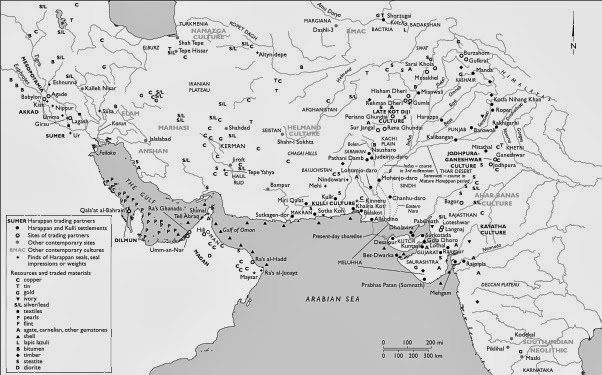

 Seal found in Karanpura, Hanumangarh dist., Rajasthan (2013).
Seal found in Karanpura, Hanumangarh dist., Rajasthan (2013). 
 m006
m006
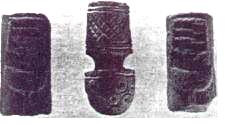


 S Gurumurthy
S Gurumurthy 


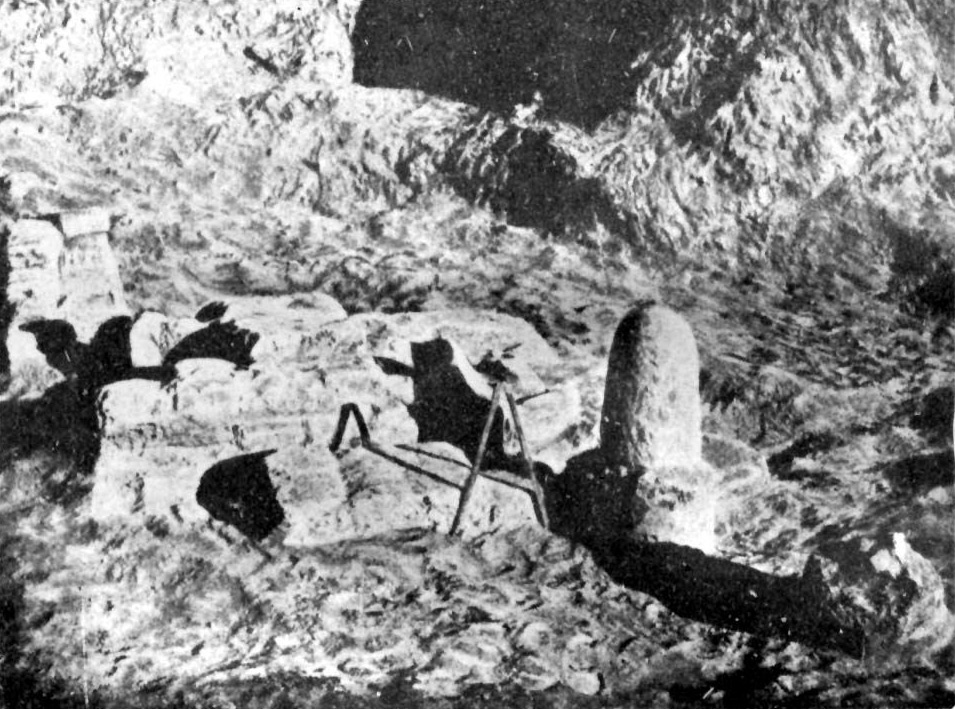



 Austro-asiatic languages. Pinnow's map.
Austro-asiatic languages. Pinnow's map.

 After
After




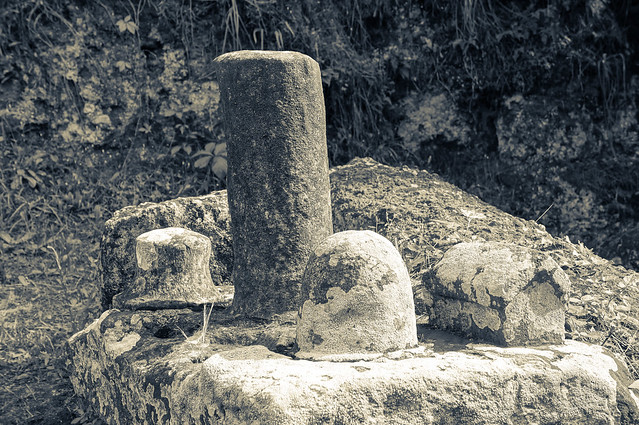 Cerveteri. Etrucian skambha and sivalinga.
Cerveteri. Etrucian skambha and sivalinga.
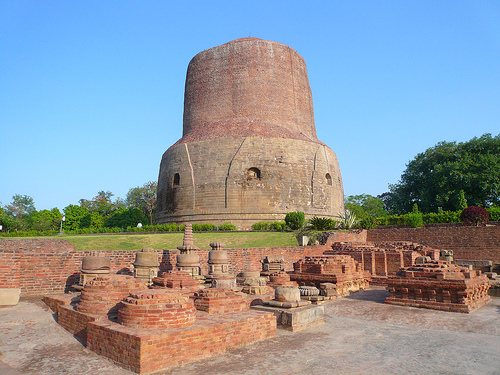 Stupa. Sarnath.
Stupa. Sarnath. What is described as a “pinecone” at the small museum at Arbeia (South Shields, near Newcastle-upon-Tyne, U.K.), which was found in Romano-British context.
What is described as a “pinecone” at the small museum at Arbeia (South Shields, near Newcastle-upon-Tyne, U.K.), which was found in Romano-British context.






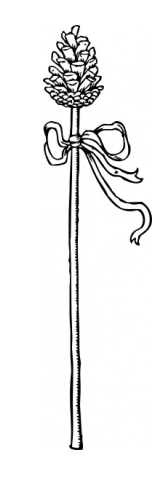
 Bali sivalinga
Bali sivalinga




 Ekamukha sivalinga
Ekamukha sivalinga Sivalinga. Kathmandu
Sivalinga. Kathmandu
 Sivalinga. Angkor Wat.
Sivalinga. Angkor Wat.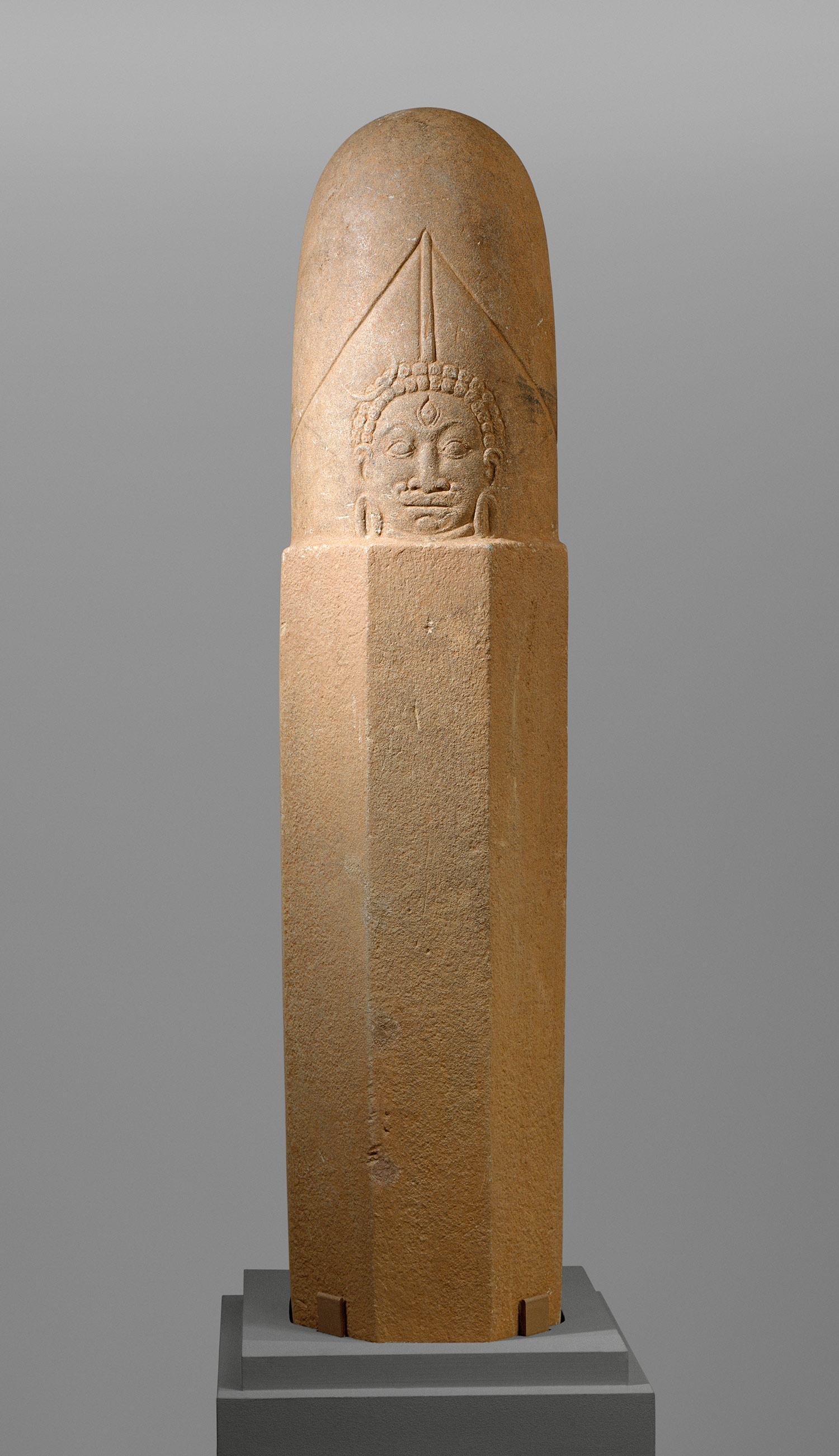 Si Thep sivalinga, Thailand.
Si Thep sivalinga, Thailand. Sivalinga. Buddha temple. Bangkok
Sivalinga. Buddha temple. Bangkok Sivalinga. Yot Kaeng. Thailand.
Sivalinga. Yot Kaeng. Thailand.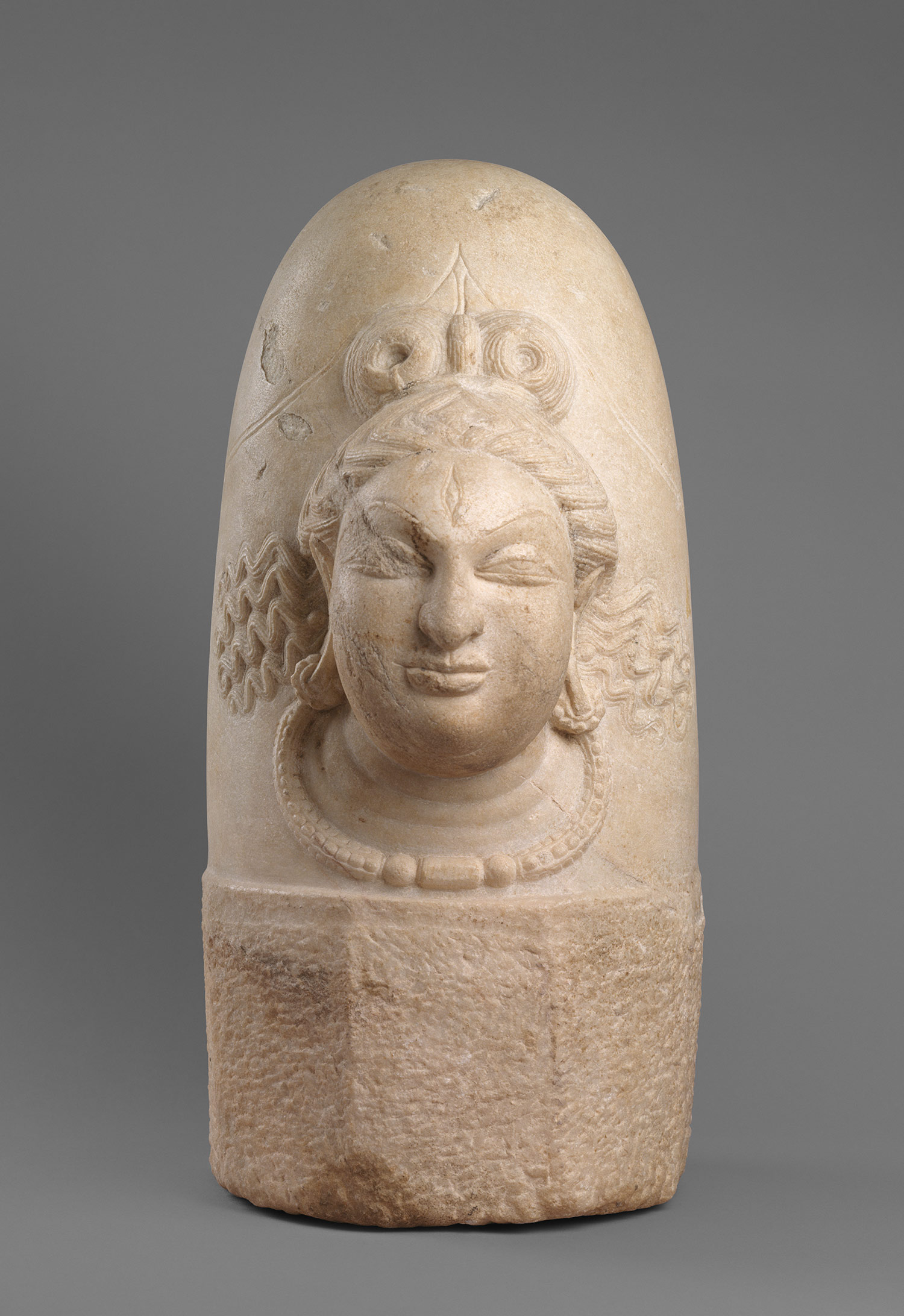





 Baneswar Sivalinga twins.
Baneswar Sivalinga twins. Sivalinga. Pashupatinath. Nepal.
Sivalinga. Pashupatinath. Nepal. Sivalinga. Gudimallam. India.
Sivalinga. Gudimallam. India.
 Sivalinga. Thailand.
Sivalinga. Thailand. Sivalinga. Nagarkot. Nepal.
Sivalinga. Nagarkot. Nepal.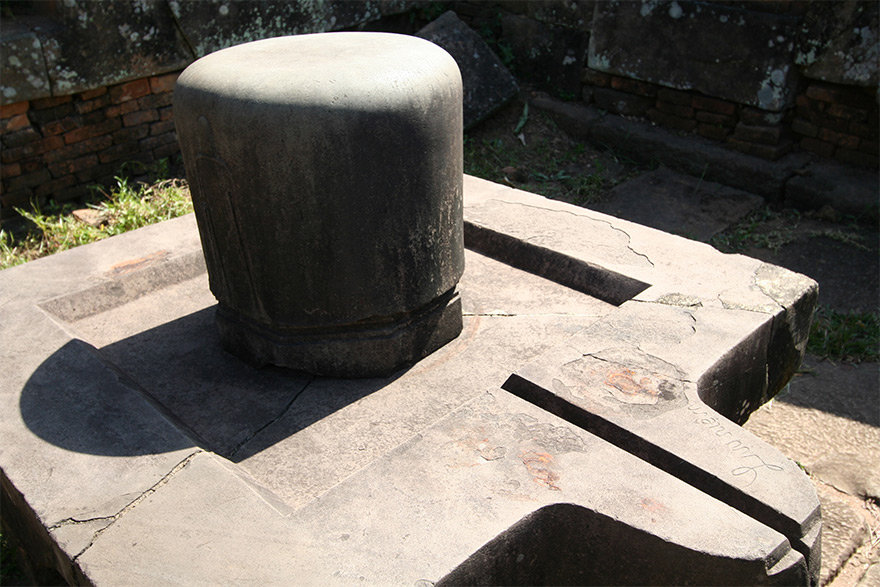 Sivalinga. Vietnam.
Sivalinga. Vietnam.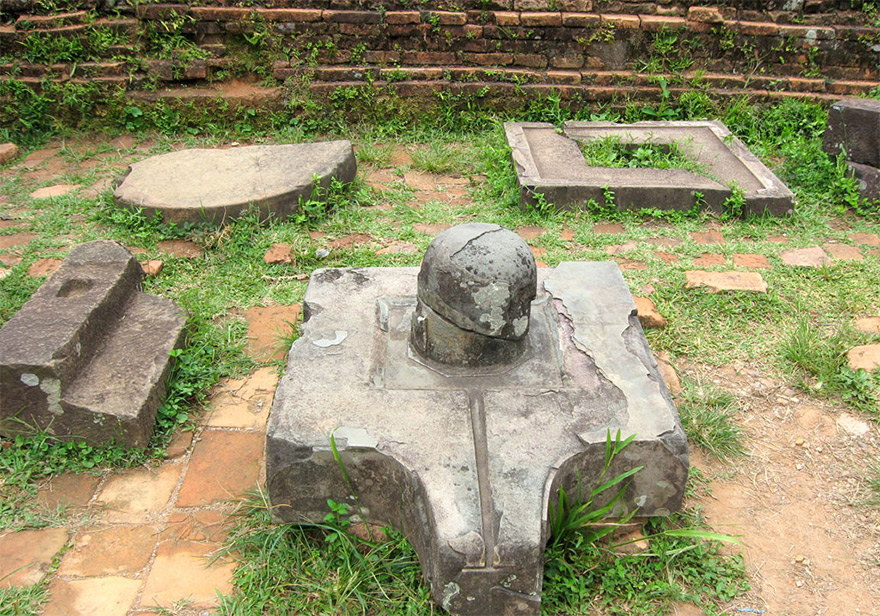 Sivalinga. My Son. Vietnam
Sivalinga. My Son. Vietnam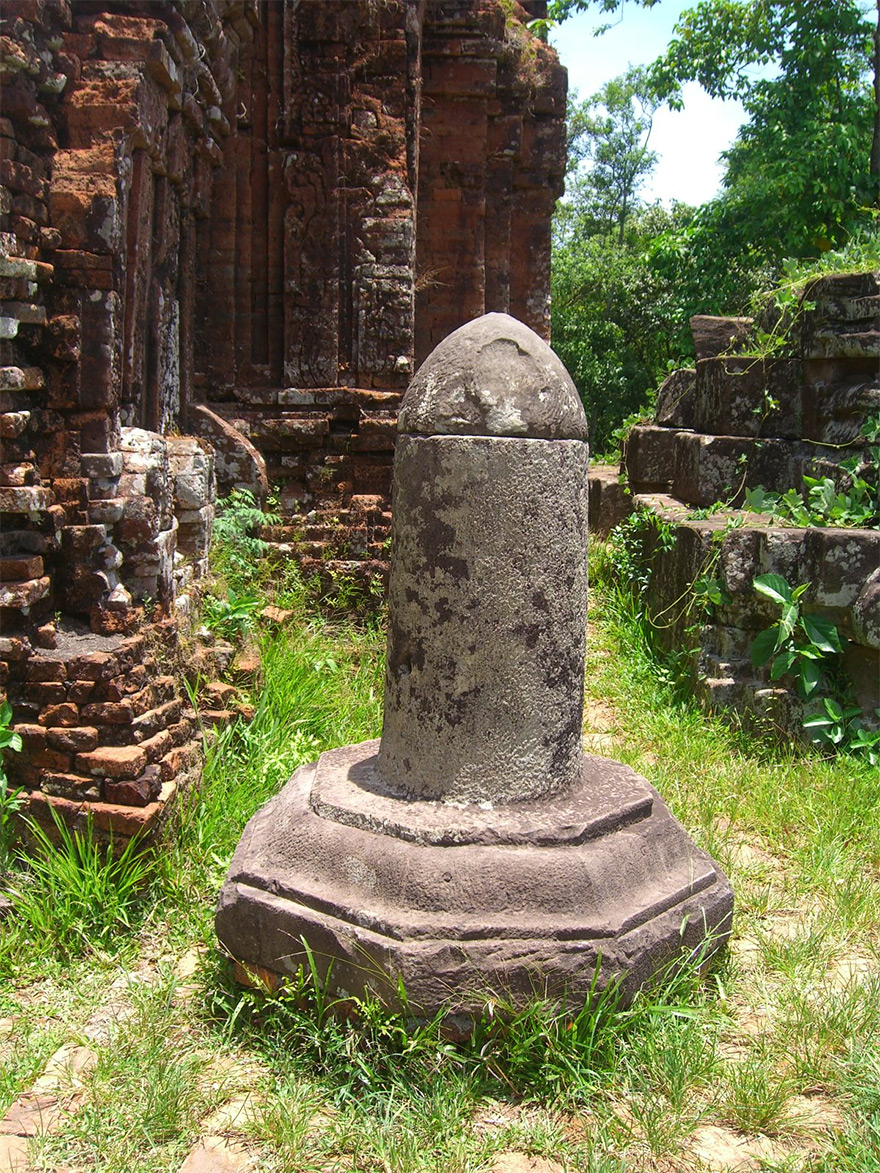 Sivalinga. My Son. Vietnam.
Sivalinga. My Son. Vietnam.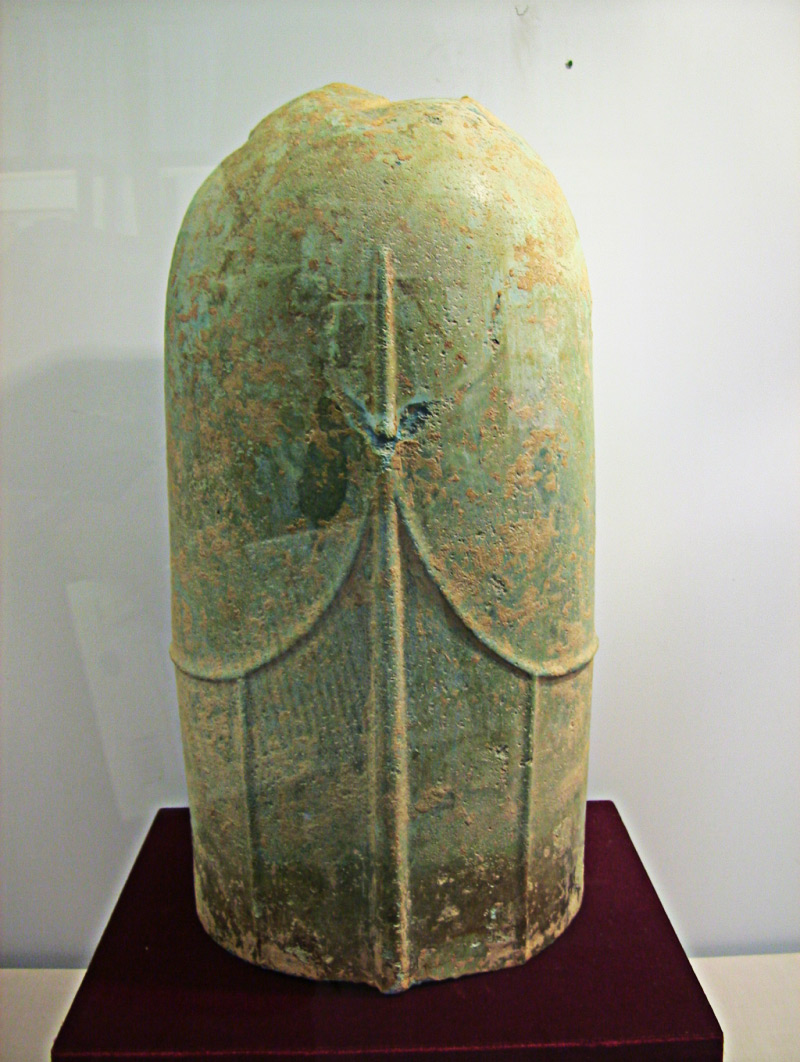 Copper Sivalinga. Cat Tien. Vietnam.
Copper Sivalinga. Cat Tien. Vietnam.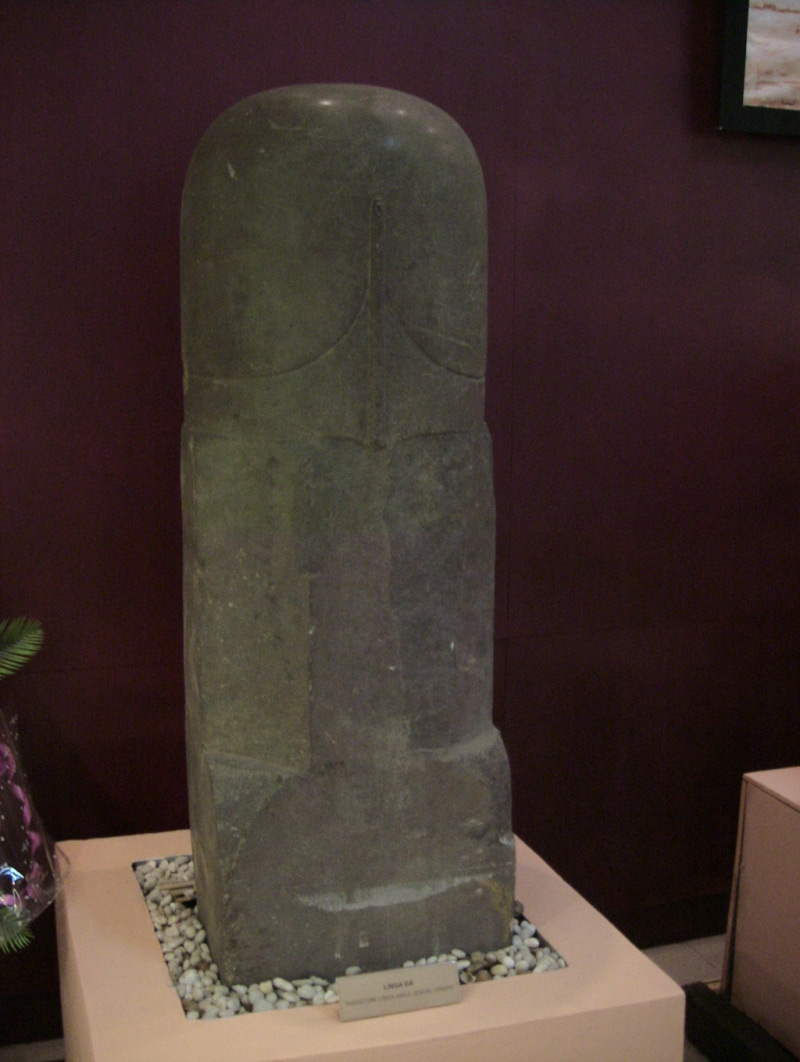 Sivalinga. Cat Tien. Now in National Museum, Vietnam.
Sivalinga. Cat Tien. Now in National Museum, Vietnam.




 ramalingam k
ramalingam k  Rama Venugopal
Rama Venugopal 
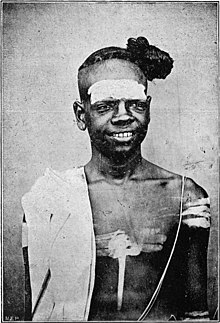




 Siva Lingodbhavamurti, Shiva apperaing in the falming linga, Tamil Nadu, Chola period, 12th-13th century, basalt. Musee Guimet.mg07 100112181 j r
Siva Lingodbhavamurti, Shiva apperaing in the falming linga, Tamil Nadu, Chola period, 12th-13th century, basalt. Musee Guimet.mg07 100112181 j r 


 Siva as Lingodbhava Murti. c. 900 CE.
Siva as Lingodbhava Murti. c. 900 CE. 


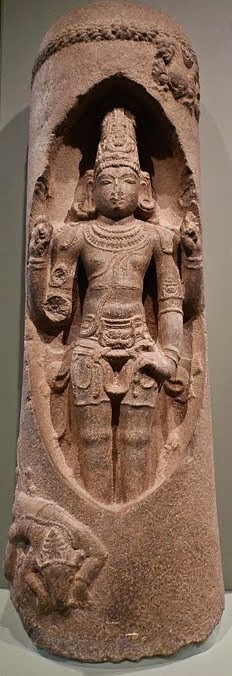



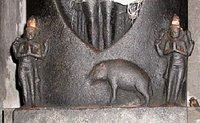











 কাঞ্চন গুপ্ত
কাঞ্চন গুপ্ত 






 ANI
ANI 



